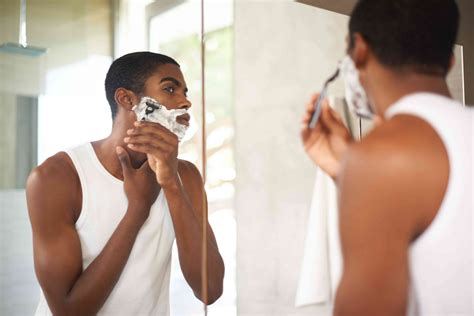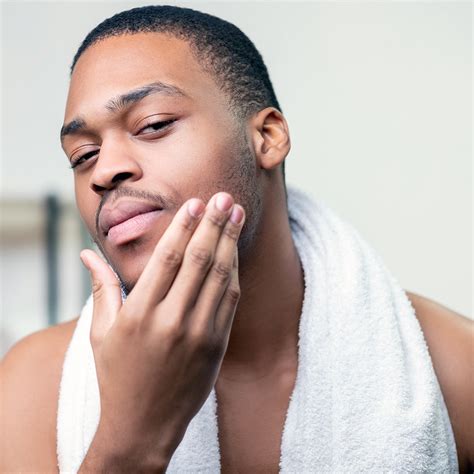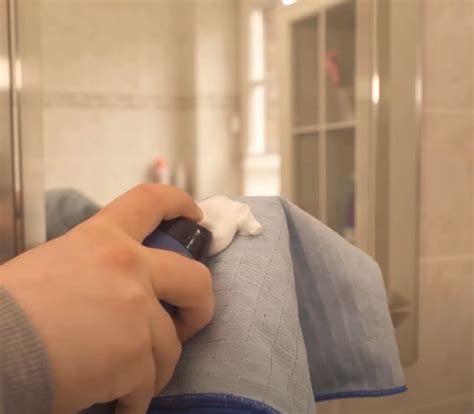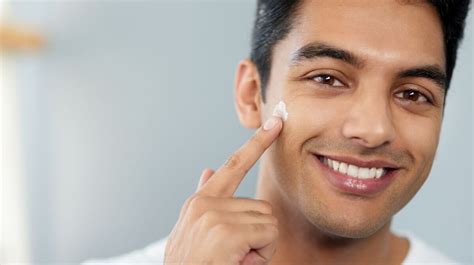Optimize shave routine to eliminate ingrown hairs & razor burn for peak skin performance?

Understanding the Enemies: Ingrown Hairs and Razor Burn
For many, shaving isn’t just a routine; it’s a minefield of potential irritations. Ingrown hairs, those stubborn red bumps where hair curls back into the skin, and razor burn, the fiery irritation often accompanied by redness and itching, are common adversaries. Both can diminish your skin’s appearance and comfort, making what should be a simple act a dreaded chore. But what causes these frustrating issues, and how can we banish them for good?
Often, the culprits are improper shaving techniques, dull blades, lack of adequate skin preparation, or insufficient post-shave care. The good news is that with a few strategic adjustments, you can turn your shaving routine into a ritual that promotes, rather than compromises, peak skin performance.

Step 1: The Foundation – Preparation is Key
A great shave begins long before the blade touches your face. Proper preparation softens the hair, opens pores, and creates a smooth surface, significantly reducing friction and the likelihood of irritation.
- Exfoliate Gently: Before shaving, use a mild facial scrub or an exfoliating brush to remove dead skin cells. This helps to free trapped hairs and prevents new ones from becoming ingrown.
- Warm Water Power: Shave after a hot shower or apply a warm, damp towel to your face for a few minutes. The heat and steam soften your beard hair, making it easier to cut, and open up your pores.
- Pre-Shave Oil: A thin layer of pre-shave oil creates a protective barrier between your skin and the blade, allowing for a smoother glide and reducing drag.

Step 2: Equip Yourself – The Right Tools Matter
Your shaving tools are just as crucial as your technique. Investing in quality implements can make a world of difference.
- Sharp Blade, Always: A dull blade is the primary cause of razor burn and ingrown hairs as it pulls and drags at the hair rather than cutting cleanly. Replace cartridge blades every 5-7 shaves or every week, whichever comes first. For safety razors, replace the blade after 1-3 uses. Consider a single-blade safety razor for extremely sensitive skin, as fewer blades mean less irritation.
- Quality Shaving Cream/Gel: Ditch the aerosol foams that dry out your skin. Opt for a rich, hydrating shaving cream or gel that creates a thick, lubricating lather. Look for ingredients like glycerin, aloe vera, and natural oils to provide ample cushion and moisture. Apply with a shaving brush to lift hairs and create a richer lather.

Step 3: Master the Art – Shaving Technique
Even with the best tools and preparation, poor technique can sabotage your efforts. Adopt a methodical approach for a consistently smooth, irritation-free shave.
- Shave With the Grain First: Always start by shaving in the direction your hair grows. This is the gentlest approach and minimizes tugging. If a closer shave is desired, a second pass can be made across the grain (perpendicular to growth), but never against the grain if you’re prone to ingrowns or razor burn.
- Light Pressure: Let the razor do the work. Pressing down too hard doesn’t give you a closer shave; it only increases irritation and the risk of nicks. Use short, controlled strokes.
- Rinse Frequently: Rinse your blade under hot water after every couple of strokes to clear away hair and shaving cream, ensuring a clean cutting surface.
- Stretch, Don’t Pull: Gently stretch your skin taut with your free hand to create a flat surface for the blade, but avoid excessive pulling, which can lead to nicks.

Step 4: The Finishing Touch – Post-Shave Care
The steps you take immediately after shaving are just as vital for preventing irritation and promoting healthy skin.
- Rinse with Cold Water: After shaving, rinse your face thoroughly with cool water to remove any remaining lather and to close your pores, soothing the skin.
- Apply Aftershave Balm (Alcohol-Free): Skip the traditional alcohol-based aftershaves, which can dry out and irritate your skin. Instead, opt for a soothing, alcohol-free aftershave balm or lotion containing ingredients like aloe vera, witch hazel (natural astringent), chamomile, or calendula to calm and hydrate.
- Moisturize Regularly: Finish with a good quality facial moisturizer to lock in hydration and further protect your skin barrier. Consistent moisturizing helps keep your skin supple and resilient.

Beyond the Shave: Long-Term Skin Health
Optimizing your shave routine is not a one-time fix but a commitment to consistent care. Regularly assess your skin’s needs and adjust your products accordingly. Staying hydrated and maintaining a healthy diet also contribute to overall skin health, making your skin more resilient to the stresses of shaving.
By meticulously following these steps – from thorough preparation and using the right tools to mastering your technique and prioritizing post-shave care – you can transform your shaving experience. Say goodbye to ingrown hairs and razor burn, and hello to consistently smooth, comfortable, and peak-performing skin.






